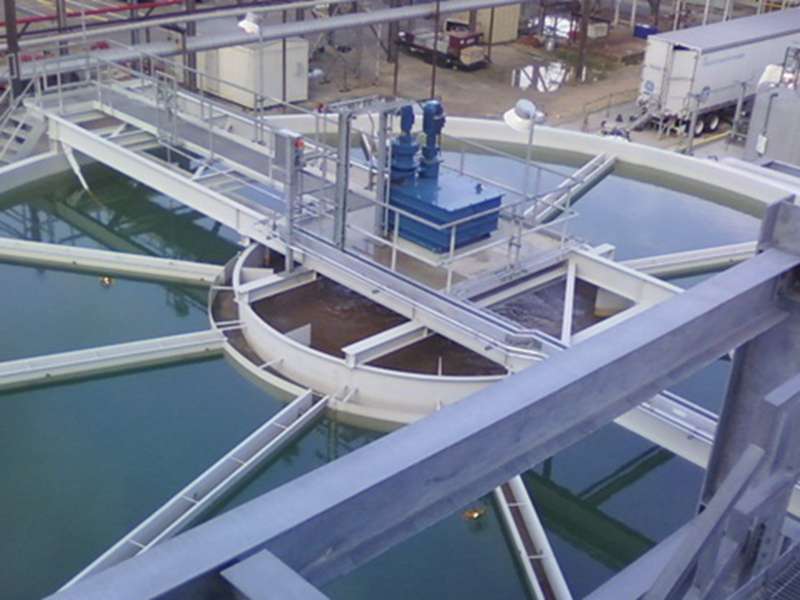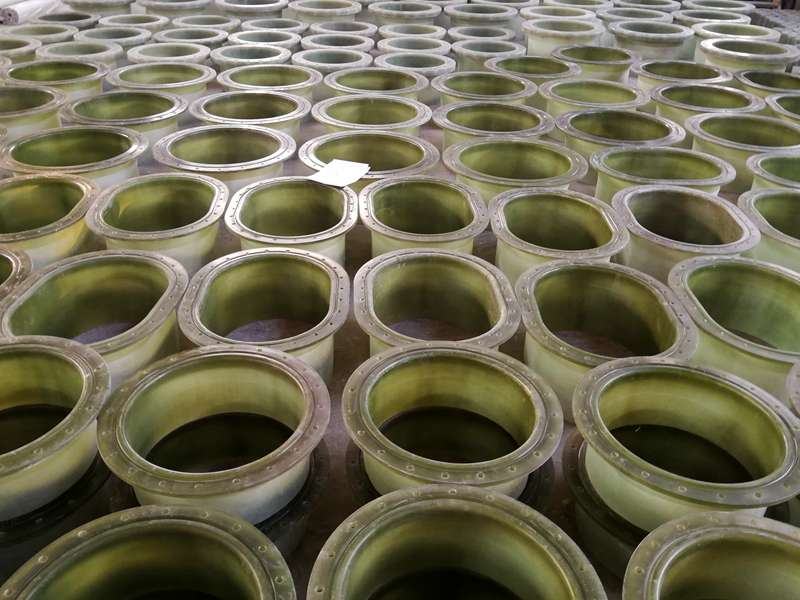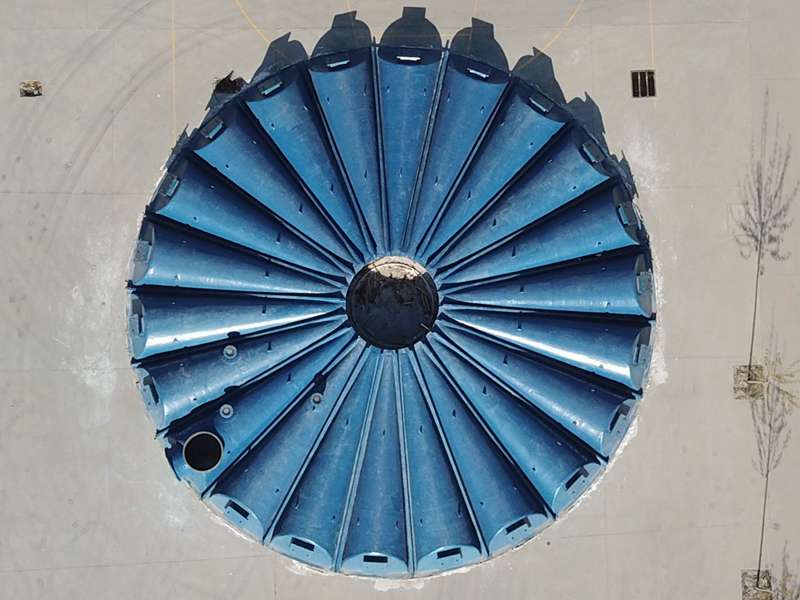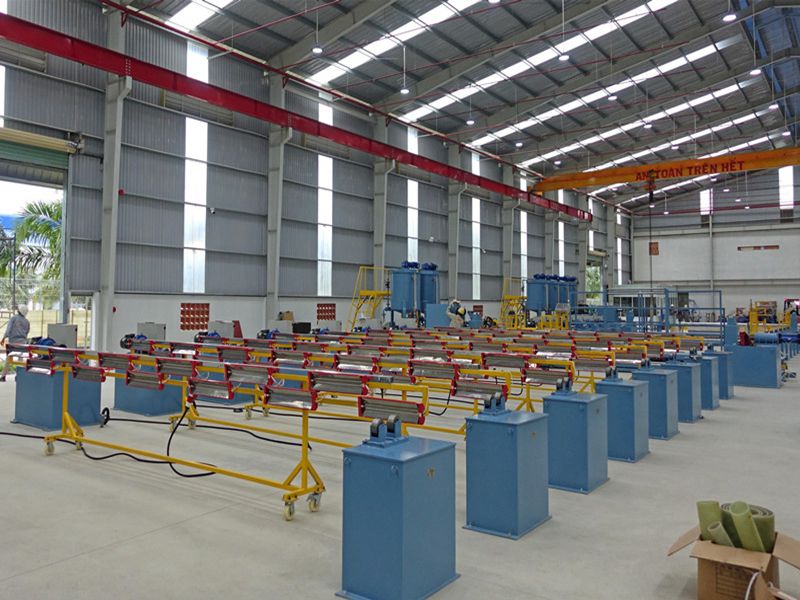
-
 Afrikaans
Afrikaans -
 Albanian
Albanian -
 Amharic
Amharic -
 Arabic
Arabic -
 Armenian
Armenian -
 Azerbaijani
Azerbaijani -
 Basque
Basque -
 Belarusian
Belarusian -
 Bengali
Bengali -
 Bosnian
Bosnian -
 Bulgarian
Bulgarian -
 Catalan
Catalan -
 Cebuano
Cebuano -
 China
China -
 China (Taiwan)
China (Taiwan) -
 Corsican
Corsican -
 Croatian
Croatian -
 Czech
Czech -
 Danish
Danish -
 Dutch
Dutch -
 English
English -
 Esperanto
Esperanto -
 Estonian
Estonian -
 Finnish
Finnish -
 French
French -
 Frisian
Frisian -
 Galician
Galician -
 Georgian
Georgian -
 German
German -
 Greek
Greek -
 Gujarati
Gujarati -
 Haitian Creole
Haitian Creole -
 hausa
hausa -
 hawaiian
hawaiian -
 Hebrew
Hebrew -
 Hindi
Hindi -
 Miao
Miao -
 Hungarian
Hungarian -
 Icelandic
Icelandic -
 igbo
igbo -
 Indonesian
Indonesian -
 irish
irish -
 Italian
Italian -
 Japanese
Japanese -
 Javanese
Javanese -
 Kannada
Kannada -
 kazakh
kazakh -
 Khmer
Khmer -
 Rwandese
Rwandese -
 Korean
Korean -
 Kurdish
Kurdish -
 Kyrgyz
Kyrgyz -
 Lao
Lao -
 Latin
Latin -
 Latvian
Latvian -
 Lithuanian
Lithuanian -
 Luxembourgish
Luxembourgish -
 Macedonian
Macedonian -
 Malgashi
Malgashi -
 Malay
Malay -
 Malayalam
Malayalam -
 Maltese
Maltese -
 Maori
Maori -
 Marathi
Marathi -
 Mongolian
Mongolian -
 Myanmar
Myanmar -
 Nepali
Nepali -
 Norwegian
Norwegian -
 Norwegian
Norwegian -
 Occitan
Occitan -
 Pashto
Pashto -
 Persian
Persian -
 Polish
Polish -
 Portuguese
Portuguese -
 Punjabi
Punjabi -
 Romanian
Romanian -
 Russian
Russian -
 Samoan
Samoan -
 Scottish Gaelic
Scottish Gaelic -
 Serbian
Serbian -
 Sesotho
Sesotho -
 Shona
Shona -
 Sindhi
Sindhi -
 Sinhala
Sinhala -
 Slovak
Slovak -
 Slovenian
Slovenian -
 Somali
Somali -
 Spanish
Spanish -
 Sundanese
Sundanese -
 Swahili
Swahili -
 Swedish
Swedish -
 Tagalog
Tagalog -
 Tajik
Tajik -
 Tamil
Tamil -
 Tatar
Tatar -
 Telugu
Telugu -
 Thai
Thai -
 Turkish
Turkish -
 Turkmen
Turkmen -
 Ukrainian
Ukrainian -
 Urdu
Urdu -
 Uighur
Uighur -
 Uzbek
Uzbek -
 Vietnamese
Vietnamese -
 Welsh
Welsh -
 Bantu
Bantu -
 Yiddish
Yiddish -
 Yoruba
Yoruba -
 Zulu
Zulu
Innovative Solutions for Fiber Optic Pipeline Technology and Applications
The Future of Fiber Pipe Technology Transforming Communication and Infrastructure
In the age of rapid technological advancement, fiber pipe technology stands out as a revolutionary innovation that promises to reshape our communication infrastructure and enhance connectivity. As we delve into the world of fiber pipes, it becomes apparent that their advantages go far beyond traditional wiring systems, signaling a new era in data transmission.
Understanding Fiber Pipe Technology
Fiber pipes, or fiber optic cables, are made of glass or plastic fibers that transmit data as pulses of light. This allows for significantly higher bandwidth compared to conventional copper cables, which rely on electrical signals. The capacity of fiber optics to carry vast amounts of information over long distances without degradation makes them indispensable in today’s digital landscape.
The core principle behind fiber optics is its ability to use light for data transmission, which reduces loss over distance and enables faster speeds. While traditional copper cables can be affected by electromagnetic interference and signal degradation, fiber pipes are virtually immune to these issues. This characteristic allows them to deliver more reliable and consistent performance, making them an ideal choice for internet service providers, businesses, and various other industries.
Advantages of Fiber Pipe Networks
1. Higher Bandwidth One of the most significant advantages of fiber pipe technology is its unparalleled bandwidth capability. Fiber optics can support data rates in the terabits per second range, far exceeding what copper cables can achieve. This massive bandwidth is essential for modern applications like streaming, online gaming, and cloud computing.
2. Longer Distances Fiber pipes can transmit data over longer distances without the need for repeaters. This feature is particularly advantageous in rural and remote areas where traditional infrastructure may be lacking. The durability and longevity of fiber optic cables also reduce maintenance costs over time.
3. Enhanced Security Data transmitted through fiber optics is more secure compared to traditional methods. It is challenging for unauthorized users to tap into fiber pipes without detection, making them suitable for sensitive communication in sectors such as finance, healthcare, and government.
fiber pipe
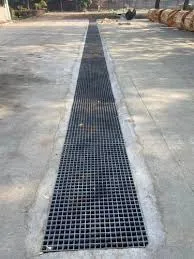
4. Reduced Latency Fiber optics offer lower latency compared to traditional electrical transmission methods. This characteristic is critical in applications requiring real-time data transfer, such as video conferencing and online gaming, where delays can significantly affect user experience.
The Role of Fiber Pipes in Smart Cities
As urban areas continue to grow and evolve, fiber pipe technology plays a crucial role in the development of smart cities. Integrating fiber optics into city infrastructure allows for the seamless interconnection of various services, from traffic management systems to smart lighting and waste management. This integration not only improves efficiency but also enhances the overall quality of life for residents.
Additionally, fiber pipes support the advancement of the Internet of Things (IoT), providing the backbone for countless devices and sensors that collect and transmit data. This connectivity enables cities to function more intelligently, responding to real-time information and ultimately creating a more sustainable environment.
Challenges and Future Prospects
Despite their many benefits, the widespread adoption of fiber pipe technology faces challenges. The high initial installation costs and the need for specialized skills to handle fiber optic systems can be barriers to entry for some regions. However, as technology advances and economies of scale come into play, these challenges are likely to diminish.
The future of fiber pipe technology looks promising. As demand for high-speed internet and reliable connectivity continues to rise, the deployment of fiber optics is set to expand. Government initiatives and private investments in broadband infrastructure will further catalyze this growth, ensuring that fiber pipes become a standard feature in our digital landscape.
In conclusion, fiber pipe technology is not just a passing trend but a fundamental shift in how we approach communication and infrastructure. With its numerous advantages, including higher bandwidth, security, and reliability, fiber optics will undoubtedly play a pivotal role in shaping the future of connectivity and smart urban environments. Embracing this technology can lead to enhanced communication and open new avenues for innovation and growth in the years to come.
Latest news
-
Exploring the Benefits of Top Hammer Drifter Rods for Enhanced Drilling PerformanceNewsJun.10,2025
-
High-Precision Fiberglass Winding Machine for GRP/FRP Pipe Production – Reliable & Efficient SolutionsNewsJun.10,2025
-
FRP Pipes & Fittings for Shipbuilding - Corrosion-Resistant & LightweightNewsJun.09,2025
-
Premium FRP Flooring Solutions Durable & Slip-ResistantNewsJun.09,2025
-
Premium Fiberglass Rectangular Tanks Durable & Lightweight SolutionNewsJun.09,2025
-
Tapered Drill String Design Guide Durable Performance & UsesNewsJun.09,2025



